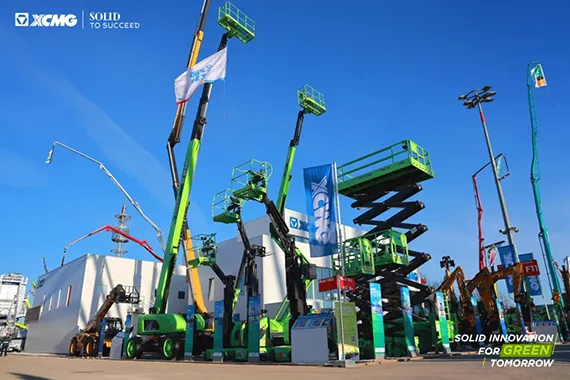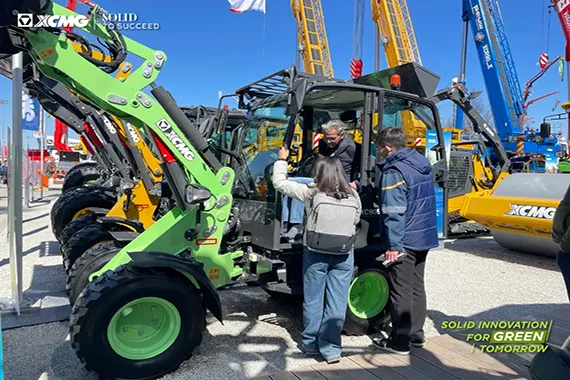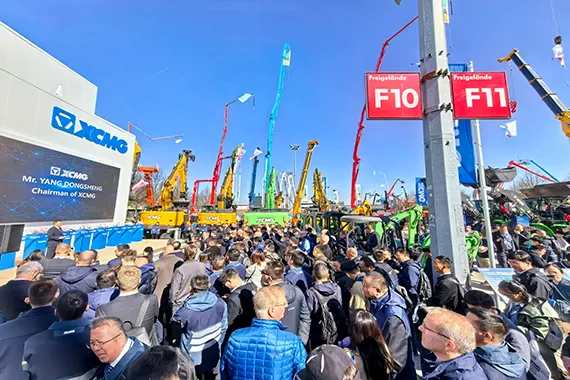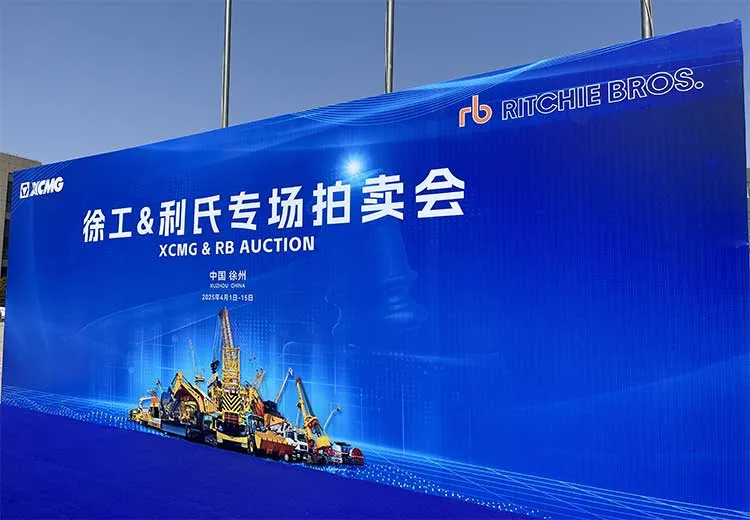Construction Machinery Industry: Shaping Digitization Now
Digitization is working its way deeper and deeper into the construction
machinery industry. For one simple reason: Construction sites themselves are
increasingly becoming more digital. The aim of construction machinery
development is to turn the potential of new technologies into practical
solutions.
Digitization is one of the major trends shaping the construction
machinery industry today. State-of-the-art excavators, cranes and bulldozers
are equipped with a broad range of sensors and communication interfaces. The
data that is produced by this equipment and then analyzed makes it possible to
check the machinery’s on-the-job performance, fuel consumption and locations,
to define predictive maintenance, to more precisely determine operating costs
and to manage entire fleets via telematics. Digitization also facilitates
efforts to automate work processes, an increasingly important factor in light
of the shortage of skilled workers faced by the construction industry. “For
instance, the driver of construction equipment today can call terrain models
that can be partially driven autonomously,” said Wolfgang Lübberding, Business
Unit Manager of the Association of the Construction Industry, Environment and
Machine Technology (VDBUM e.V.).
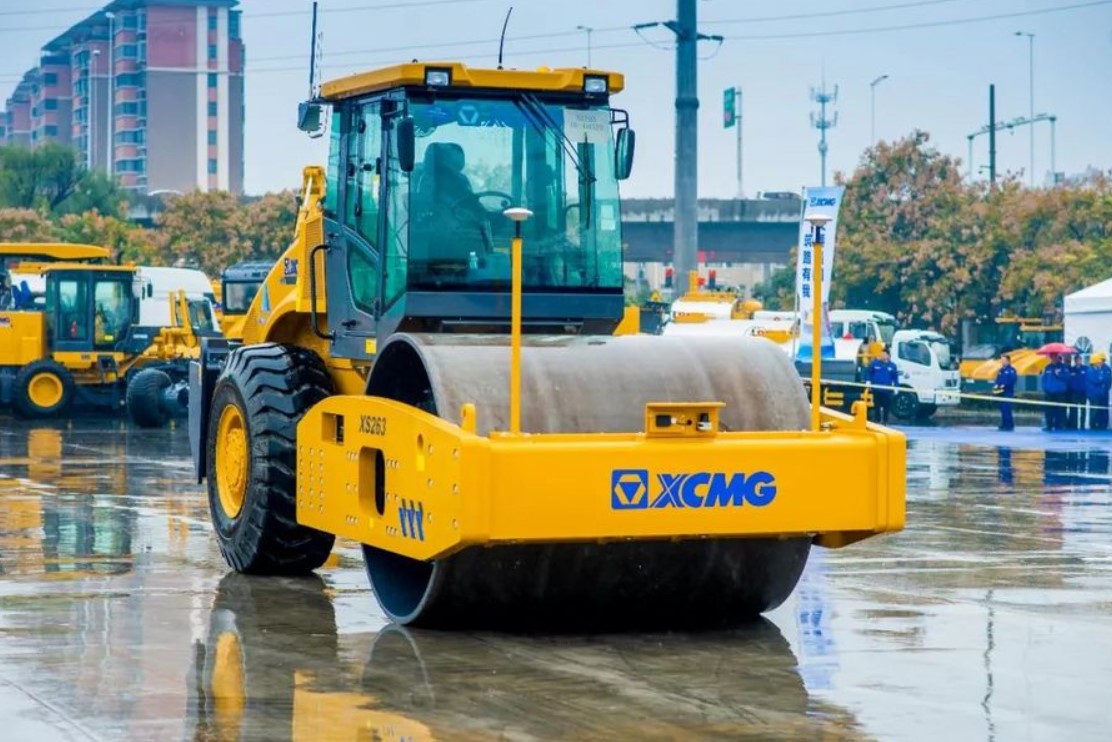
Joint digital understanding needed
Looking ahead, Lübberding said the industry faced the urgent task of
enhancing connectivity and communication among models made by different
producers. In addition, he said an agreement must be reached on the most
uniform interfaces and data exchange formats as possible. “One step in this
direction is ISO 15143-3. We have turned it into a global standard with the
help of the Technical University of Munich and partner trade associations in
the United States,” Lübberding commented. In the German Mechanical Engineering
Industry Association (VDMA e.V.), machinery producers, construction companies
and other actors are working to create a uniform digital understanding. “New business
models are being developed in the process because data will become a more
important financial parameter in the future,” said Dr. Darius Sossdorf, an
expert in technology and standards at the Construction Machinery Association of
the mechanical engineering group.
Using virtuality to create more tailored products
One of the commercially usable and new digital opportunities is even
more practicality and customer centricity. “The machinery data collected by
sensors every day is valuable information that can be used in the increasingly
reality-driven product development,” said Martin Lehner, the CEO of the
Munich-based construction-machinery maker Wacker Neuson SE. “Digital
technologies, like work with virtual prototypes, will also enable us to make
our production process much more individualized.”
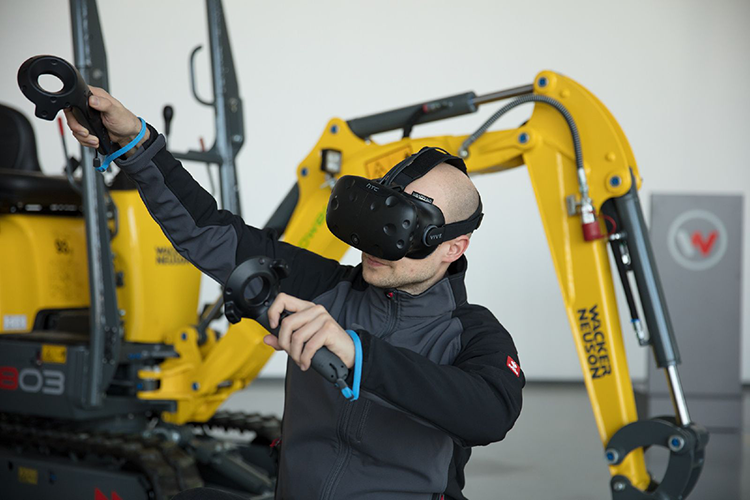
Standardized operator guidance

